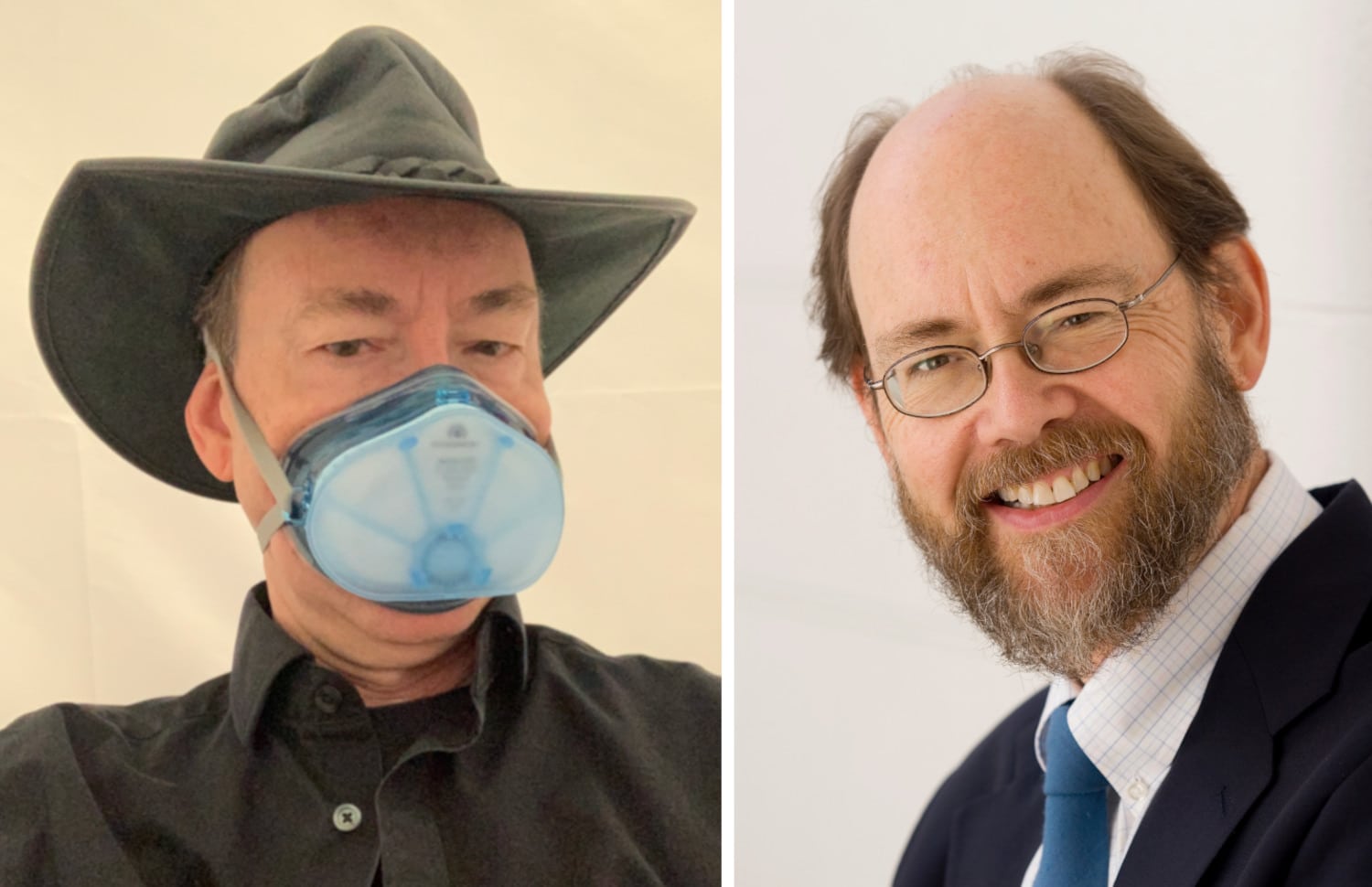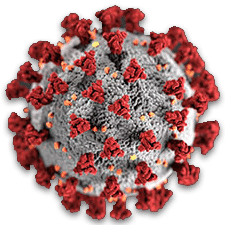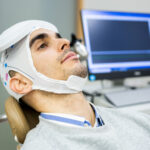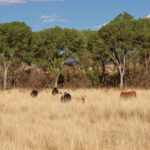Interview: Donald Milton on Aerosol Transmission of Covid-19
One of the reasons Covid-19 spread so quickly, infecting so many people across the globe, is that researchers initially struggled to understand exactly how it was transmitted. Eventually they concluded that it can be spread via the inhalation of tiny droplets, known as aerosols, exhaled by those infected with the virus. But even with that knowledge, there was the additional challenge of getting various health authorities, including the World Health Organization and the Centers for Disease Control and Prevention, to communicate the risks to the population at large, and for governments to establish public health policies accordingly.
Donald Milton, an aerosol expert at the University of Maryland School of Public Health, has been on the front lines of this struggle. Last summer, he co-authored an open letter to the “medical community and to the relevant national and international bodies,” including the WHO, published in the journal Clinical Infectious Diseases, that was signed by 239 health professionals from 32 countries. The letter hammered home the point that Covid-19 was spread not only by macroscopic droplets — the kind produced by coughing, sneezing, talking, or singing in close proximity, and which fall to the ground quickly — but by microscopic droplets that could hang in the air for extended periods of time and travel further. Only by understanding this mechanism of transmission could proper steps be taken to slow the spread of the disease, Milton and his colleagues argued.

In a recent Zoom conversation and email exchange, Milton discussed his research into the aerosol transmission of respiratory viruses, his early campaign to warn health agencies that Covid-19 is airborne and its repercussions, and what we might do to better prepare for the next pandemic. Our interview has been edited for length and clarity.
Undark: It was just over a year ago that you co-authored that commentary article in Clinical Infectious Diseases arguing that the danger of airborne transmission of Covid-19 was being underestimated. What led you to take that course of action?
Donald Milton: It had been a concern right from the beginning, that inhalation of aerosol could be important in this respiratory virus. The pandemic had raged through a first wave, and it was clear there were going to be future waves. Our research showed that there’s a lot you can do to limit the spread, if you take it on head first. But you’ve got to acknowledge it, you’ve got to confront it. And that wasn’t happening — at the WHO especially. And the CDC was sort of saying “well, maybe” and urging caution; but they weren’t sending a clear message either.
UD: Did the article have the effect that you had hoped for?
DM: Well, eventually, I guess. The CDC and the WHO have more recently, in the last couple of months, made much more strong statements about the role of inhalation exposure. But it’s taken a long time; it didn’t happen overnight. The CDC was never in denial; it just took a while to put [recognition of the airborne transmission risk of Covid-19] on the top of the list. Once the work gets into textbooks over the next few years and is taught in medical schools and the older generation retires, it will become part of the general toolbox of practitioners.
UD: Many health authorities seemed to focus on the 6-foot (2-meter) rule as though it offered a kind of absolute protection. Was this a mistake?
DM: It goes back to this droplets-versus-aerosols paradigm. There was a belief that everything that wasn’t TB [tuberculosis] had to be droplet-spray; and that the spray doesn’t go very far. Not understanding that it’s inhalation, and that there’s plenty of things bigger than respirable aerosols that can deposit in your nose, and in your large airways; and if there are susceptible cells there, it can cause infection; and can still hang in the air. It was that paradigm that really needed to go away.
UD: During the first few months of the pandemic, a lot of emphasis was placed on disinfecting surfaces. We heard that grocery stores were wiping their shelves, carts, and baskets and that New York was scrubbing down its subway cars. But at the same time, the messaging over masks was often confusing.
DM: In the beginning, it was very prudent to think about all routes of transmission. The CDC recommended both surface decontamination and staying back 6 feet, and recommended the wearing of N95 masks when you’re dealing with Covid patients. And they were right; their problem was, they said, ‘‘If you don’t have N95 masks, you can do other things’’ — basically giving a pass to hospital administrators who had not been prepared.
UD: Initially, there was a lot of debate over the issue of how much protection masks do, or do not, provide. What has your own research shown?
DM: I’ve been looking at this since 2007. We developed a device to measure how much virus was being shed by people wearing masks, and by people who weren’t wearing masks. We published a paper [in 2013] that showed that masks cut down quite a bit on what people shed — but they didn’t eliminate it, because masks are often loose-fitting, and fine-particle aerosols can still get out. But it cuts down on fine-particle aerosols by a bit more than 50 percent, and it cuts down the large droplets, and the coarse aerosols, even more.
UD: Should more emphasis have been placed on ventilation?
DM: If you’re not acknowledging aerosol inhalation as a route of transmission, you’re not going to think about ventilation at all. So it was very much overlooked. And that was part of the importance of our letter.
 |
For all of Undark’s coverage of the global Covid-19 pandemic, please visit our extensive coronavirus archive. |
UD: Of course, getting the science right is just the first step. Can you say something about the challenge of communicating the science to the public — especially a public that may, in some cases, be distrustful of authority?
DM: One of the things that’s critical to say is: ‘‘This is a developing situation, and we don’t know everything yet. This is our best understanding right now. Here’s the best thing we think you can do.’’ And tomorrow you say, ‘‘We learned something new, and we’ve changed our recommendations.’’ But it’s really difficult to do that. I think in medicine, we tend to come across as, ‘‘We know what’s going on; here’s what you should do.’’ But it can backfire if in fact you don’t really know yet. That’s why it’s so important to be frank about what you know and what you don’t know, what you’re learning, and what you’re doing to find out.
The problem of course is that being frank about what you don’t know is going to lead to some people not doing what you’re recommending. But I think in the long run, you’ll end with more people doing what they need to do, compared to if you sound confident and then your credibility is destroyed — and then nobody listens to you after that.
UD: How confident are you that the lessons of Covid-19 are being absorbed, and that the next pandemic will be handled better?
DM: I don’t know. I think there’s clear evidence that Taiwan and South Korea, and maybe Vietnam, learned the lessons from SARS: They understood the warning shot; they paid attention — and they did quite a bit better than most everywhere else. If [the next pandemic] comes within the next 10 to 15 years, I think there’s a good chance that living memory will serve us well.
UD: What can we do to be better prepared?
DM: I think we need to invest in two pieces of infrastructure, to make sure that we can respond better. The first is research infrastructure. There hasn’t been much in the way of clinical medicine studies, especially randomized control trials, of the route of transmission of respiratory viruses. We need that gold standard of evidence, to get everyone on the same page. And that is an investment not just in research studies, but also in research facilities.
And the second part is, we need to make our public spaces more resilient and more robust, and less permissive to transmission. Some of that comes down to ventilation, which can go a long way, especially early in a pandemic. If we had really effective air sanitization in schools and restaurants and other places where people gather, you could prevent most of the transmission. And then you wouldn’t have to shut down the economy when you had a pandemic virus. You just tell people to wear masks. … And stockpiles of respirators, for hospitals. I think the lessons are there to be learned, and a lot of people are learning them. … The question is, are we prepared to invest in the protection that we need. That’s always a question. My parents’ generation built the D.C. subway; in my generation, we can barely build a light rail line.










